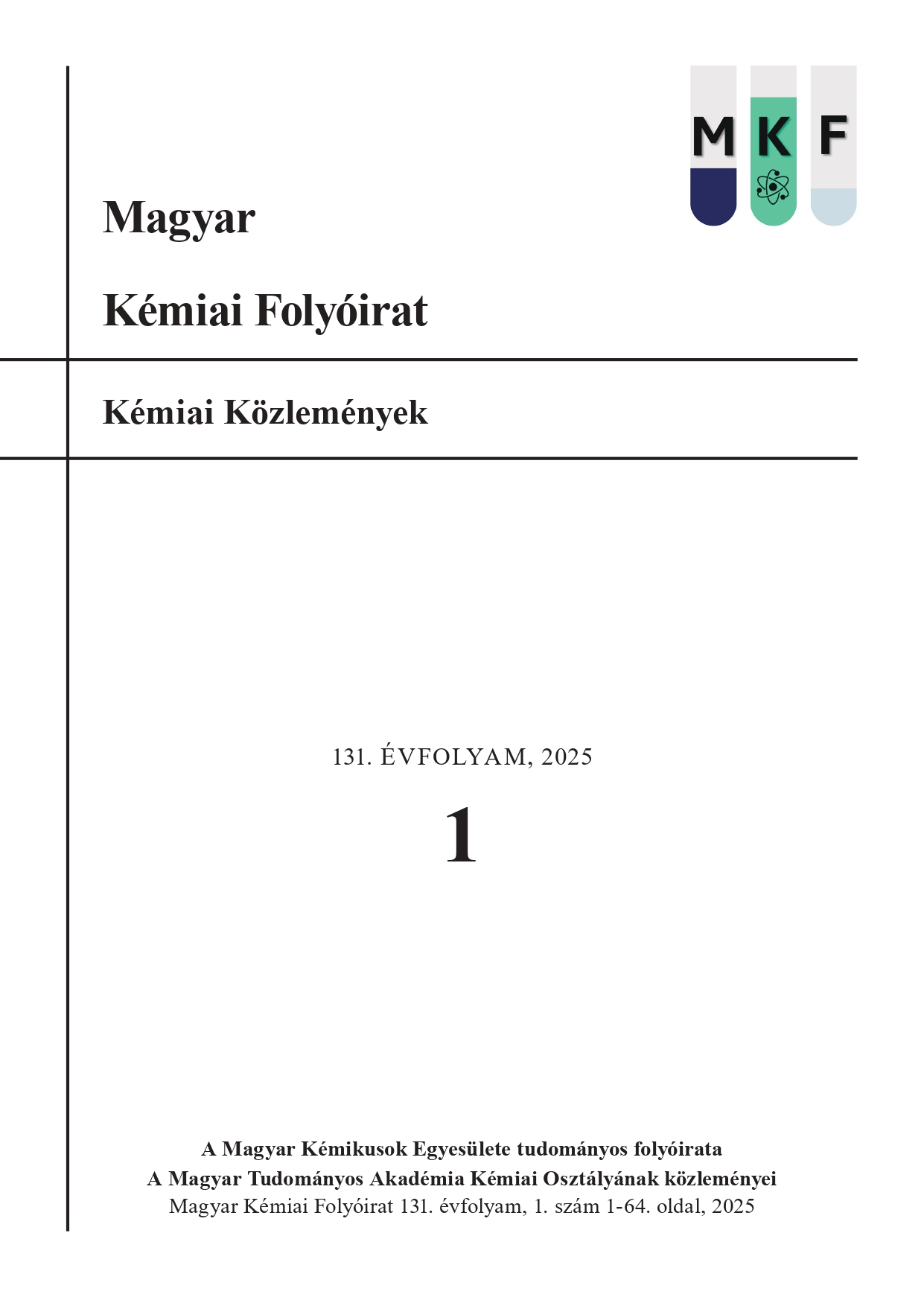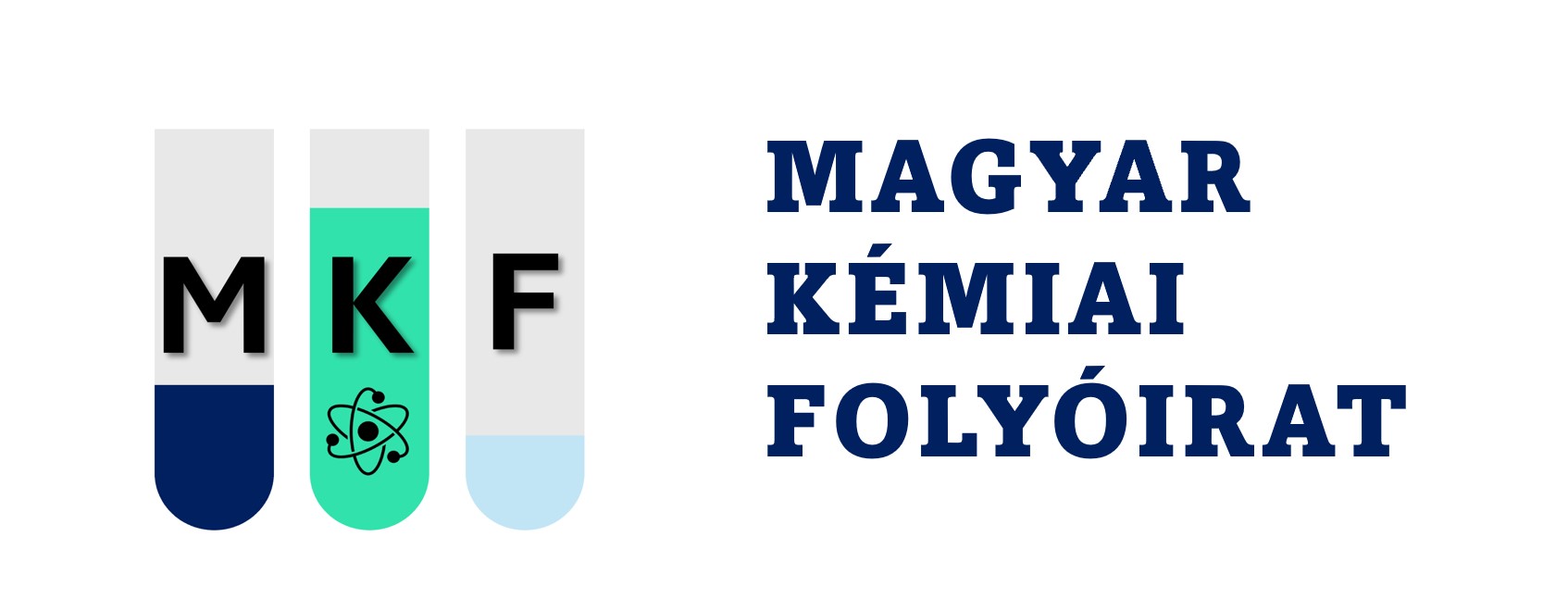Egy bisz(akridino)-koronaéter előállítása és alkalmazása a spermin bioszintézis oligoaminjainak felismerésére
Absztrakt
A biogén aminok megtalálhatók különféle élőlényekben, sejtekben, élelmiszerekben és italokban is. Az aminocsoportok száma szerint monoaminokra, oligoaminokra és poliaminokra csoportosíthatóak. Ezeket a vegyületeket jellemzően élő szervezetek szintetizálják, aminosavak enzimatikus dekarboxilezésével. A biogén alifás oligoaminok, mint például a spermin, spermidin, putreszcin és kadaverin a legfontosabbak közé tartoznak, amelyek szinte minden élő szervezetben megtalálhatók. Az élő szervezetekben jellemzően protonált formában vannak jelen, és fontos szerepet játszanak különböző biológiai folyamatokban, mint a sejtnövekedés, génszabályozás, és sejtosztódás.






